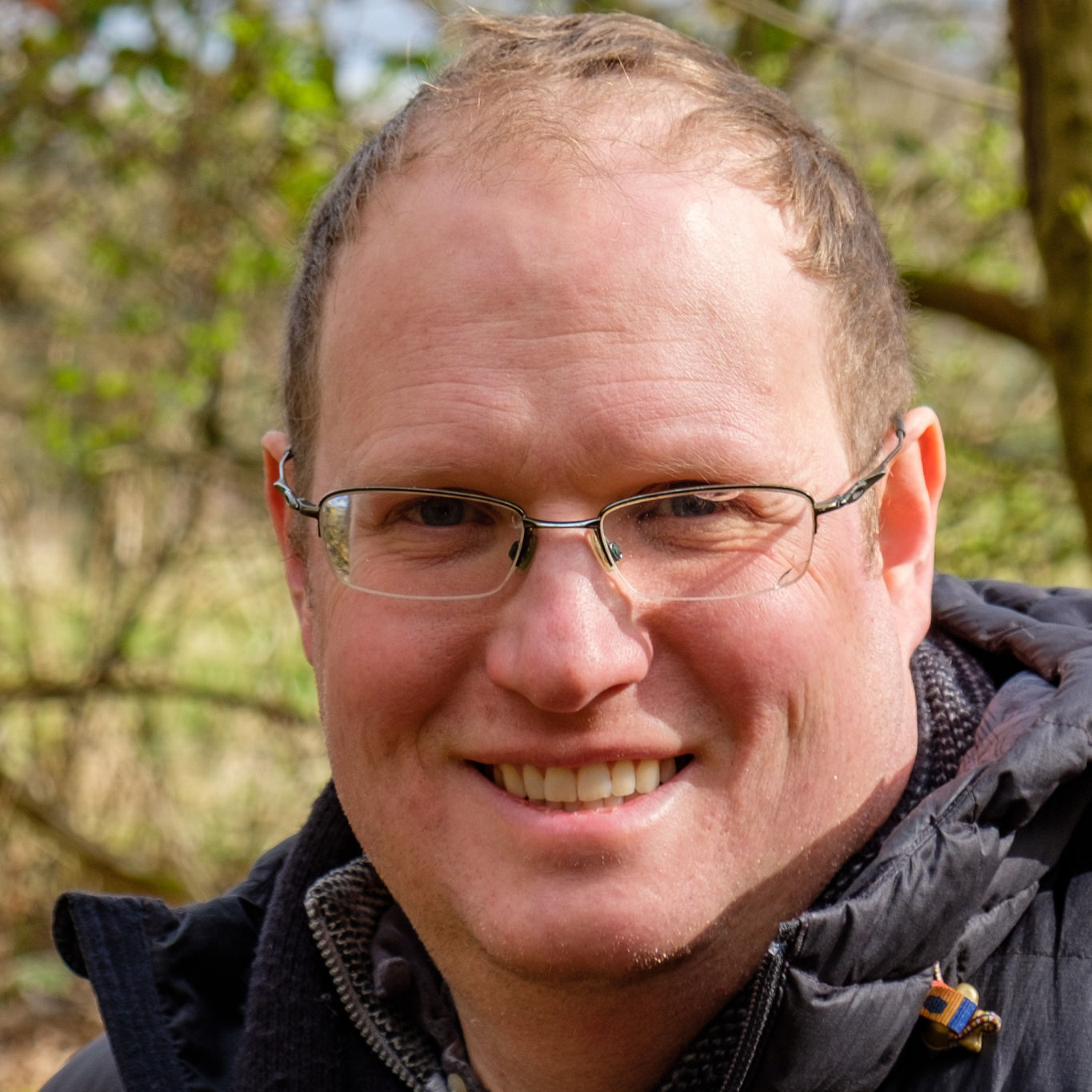Predicting diffuse microbial pollution risk across catchments: The performance of SCIMAP and recommendations for future development
Published in SCIENCE OF THE TOTAL ENVIRONMENT, 2017
“Microbial pollution of surface waters in agricultural catchments can be a consequence of poor farm management practices, such as excessive stocking of livestock on vulnerable land or inappropriate handling of manures and slurries. Catchment interventions such as fencing of watercourses, streamside buffer strips and constructed wetlands have the potential to reduce faecal pollution of watercourses. However these interventions are expensive and occupy valuable productive land. There is, therefore, a requirement for tools to assist in the spatial targeting of such interventions to areas where they will have the biggest impact on water quality improvements whist occupying the minimal amount of productive land. SCIMAP is a risk-based model that has been developed for this purpose but with a focus on diffuse sediment and nutrient pollution. In this study we investigated the performance of SCIMAP in predicting microbial pollution of watercourses and assessed modelled outputs of E. coli, a common faecal indicator organism (FIO), against observed water quality information. SCIMAP was applied to two river catchments in the UK. SCIMAP uses land cover riskweightings, which are routed through the landscape based on hydrological connectivity to generate catchment scale maps of relative in-stream pollution risk. Assessment of the model's performance and derivation of optimum land cover risk weightings was achieved using a Monte-Carlo sampling approach. Performance of the SCIMAP framework for informing on FIO risk was variable with better performance in the Yealm catchment (r(s) = 0.88; p < 0.01) than the Wyre (r(s) = -0.36; p > 0.05). Across both catchments much uncertainty was associated with the application of optimum risk weightings attributed to different land use classes. Overall, SCIMAP showed potential as a useful tool in the spatial targeting of FIO diffuse pollution management strategies; however, improvements are required to transition the existing SCIMAP framework to a robust FIO risk-mapping tool. (C) 2017 The Authors. Published by Elsevier B.V..”
Use Google Scholar for full citation
Recommended citation: Porter K., Reaney S. M., Quilliam R., Burgess C., Oliver D.: 2017: "Predicting diffuse microbial pollution risk across catchments: The performance of SCIMAP and recommendations for future development." SCIENCE OF THE TOTAL ENVIRONMENT, Volume 609, 31 December 2017, Pages 456-465
